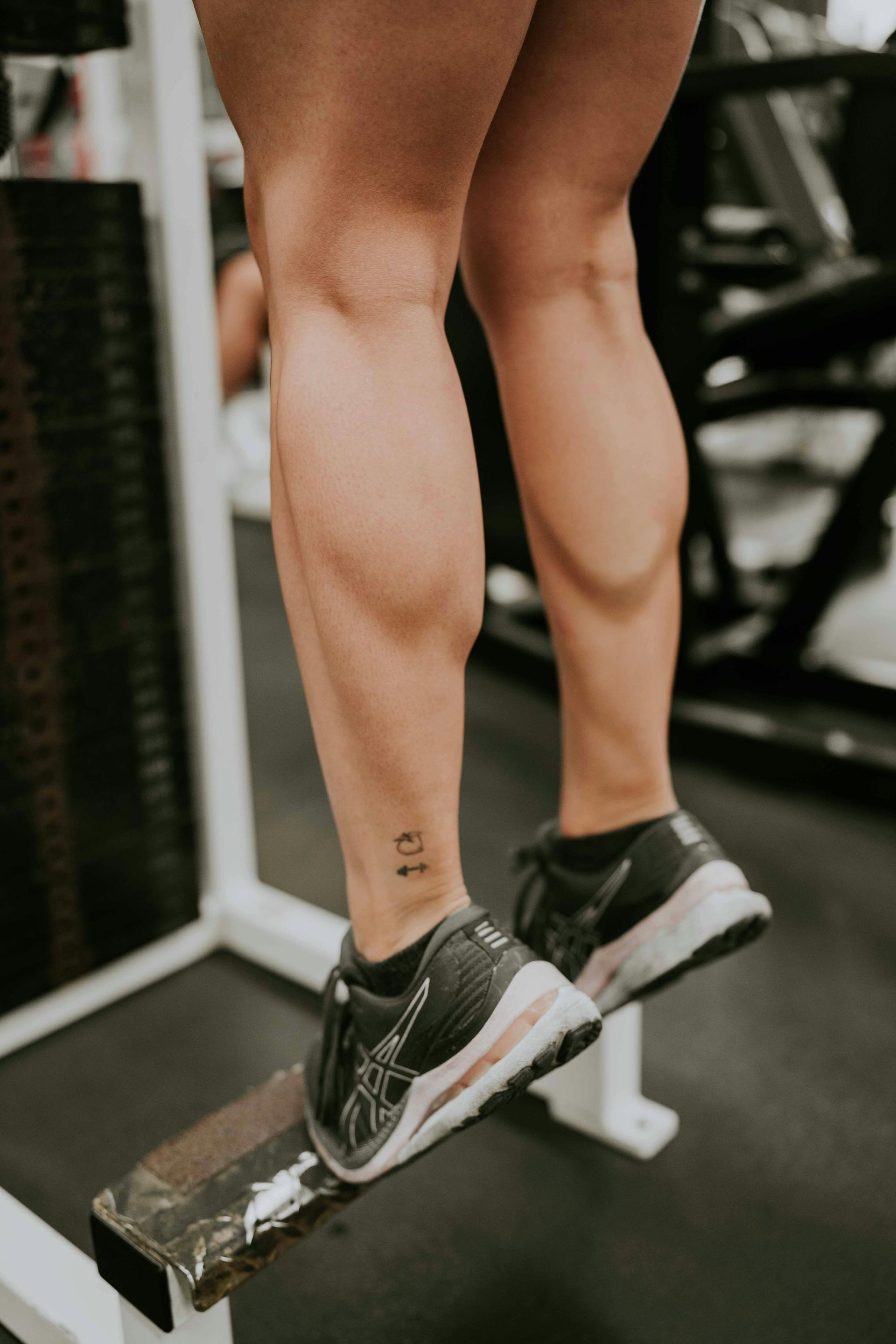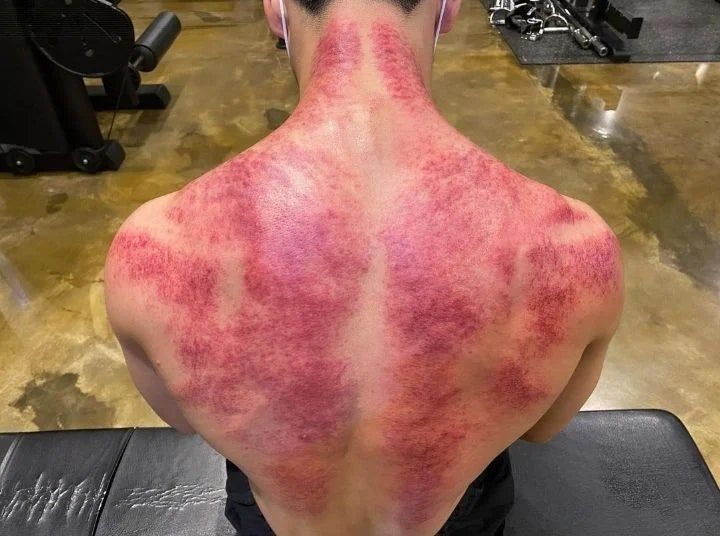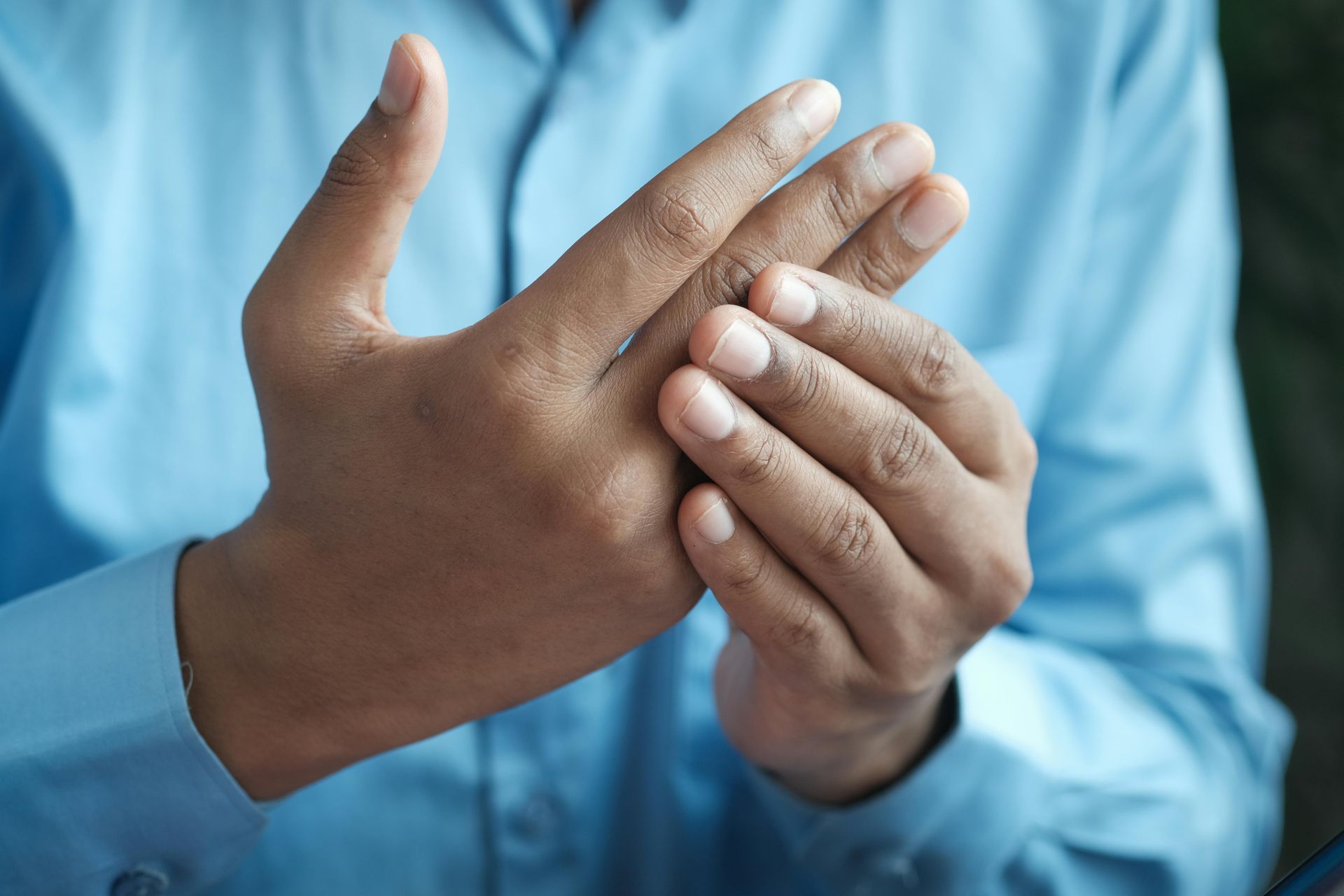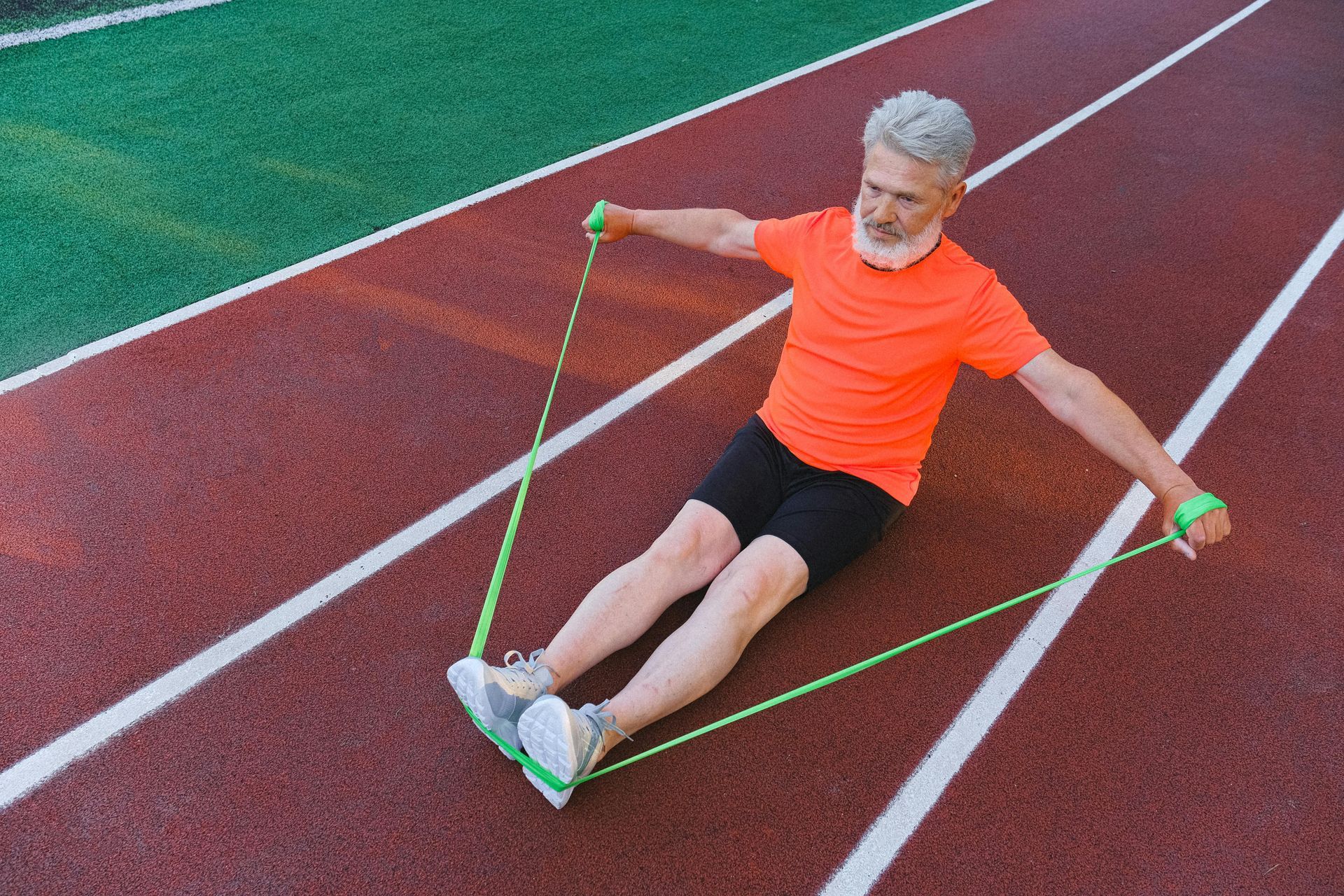Finding Balance: The Right Way to Recover from an Injury

In May 2024, a 70-year-old retired woman with a passion for travelling the world faced an unexpected challenge.
While on holiday in Italy, she suffered a serious ankle injury, a trimalleolar fracture. After returning to Australia for surgery, she was determined to recover quickly. Believing that doing more exercise would help her heal faster, she worked hard to follow a long and intense routine.
Unfortunately, her progress stalled. The pain continued, walking was still a struggle, and her mobility hadn’t improved. When she visited Good Health Group Clinic, I realised that the problem wasn’t her effort, it was her approach.
This story shows how understanding your injury, doing the right amount of exercise, and having a proper recovery plan can make all the difference.
Why More Exercise Isn’t Always Better
When recovering from an injury, it’s natural to think that doing more exercise will speed up the process. However, that’s not always true.
In fact, too much exercise without enough rest can cause more harm than good.
Research shows that overtraining can slow healing, increase swelling, and even lead to more injuries. Recovery is about finding the right balance, doing enough to help your body heal while giving it the rest it needs.
The Right Way to Approach Recovery
When she came to our clinic, it was clear that she needed a simpler, more effective recovery plan. Here’s how I approached her healing journey:
- Understanding Her Injury
We explained how her injury worked and why her body needed time to heal. Recovery isn’t a race, it’s about gradual progress. - Creating a Tailored Plan
Instead of overwhelming her with too many exercises, we focused on a few simple ones to strengthen her ankle and improve her mobility. - Prioritising Rest
We reduced her exercise days to four per week and included rest days. Rest is just as important as exercise because it allows the body to repair itself. - Providing Support
We used kinesiology tape on her ankle to give it extra stability and flexibility. This was a better option than the ankle brace she had been using, which caused discomfort.
The Results: Progress Without Overdoing It
With this balanced approach, she started to feel better. Her pain levels went down, her ankle became stronger, and her mobility improved.
She even added water aerobics to her routine, a gentle, low-impact way to stay active without putting too much strain on her body.
By focusing on the right amount of exercise and making time for rest, she gave her body what it needed to heal.
What You Can Learn from Her Story
If you’re recovering from an injury, remember:
- More isn’t always better. Doing too much can slow your recovery.
- Focus on the right exercises. Simple, targeted movements are often more effective than long, intense routines.
- Don’t skip rest days. Rest is an important part of healing.
Recovery takes time, and it’s important to listen to your body. A proper plan that’s tailored to your needs can help you heal faster and more effectively.
Conclusion
Recovery isn’t about doing more, it’s about doing what’s right for your body. Understanding your injury, focusing on targeted exercises, and finding the right balance between activity and rest are the keys to healing effectively and sustainably.
When you simplify your recovery plan and work smarter, not harder, you’re giving your body the time and tools it needs to rebuild strength, improve mobility, and reduce pain. Healing takes time, but with the right approach, progress becomes achievable, and lasting.
If you’re feeling stuck or overwhelmed, it might be time to rethink your recovery strategy. A personalised plan tailored to your unique needs and goals can make all the difference. With the right guidance, you can regain control, rediscover your strength, and get back to doing what you love.
Take the Next Step
If you’re feeling stuck in your recovery or unsure about what exercises to do, we’re here to help.
Our clinic specialises in creating personalised recovery plans that work for you.
Contact us today and let us support you on your journey to getting back to what you love.
References
- Sports Medicine (2013). "The Best Way to Recover from an Injury: Finding Balance in Exercise and Rest."
- Journal of Applied Physiology (2018). "How Rest Helps Your Body Heal During Recovery."
- Heidari, J., et al. (2017). "Why Recovery Plans Should Be Tailored to Each Person." British Journal of Sports Medicine.
- Glasgow, P., et al. (2013). "The Importance of Rest and Simple Exercises in Recovery."
Blogs














